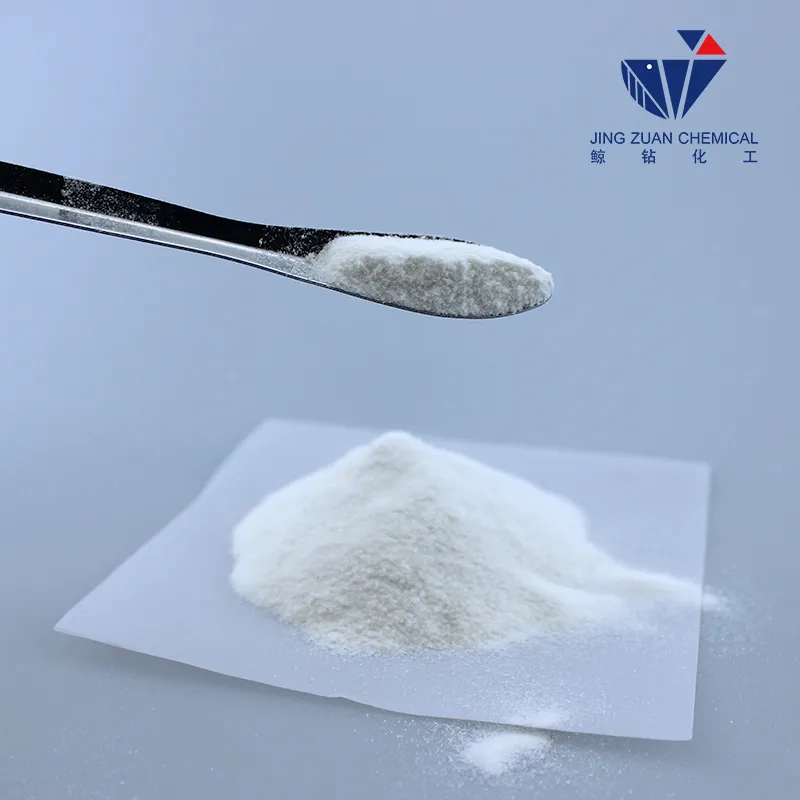
Sep . 30, 2024 08:24 Back to list
Understanding HPMC Benefits, Uses, and Applications in Various Industries
Understanding HPMC A Comprehensive Overview
Hydroxypropyl Methylcellulose (HPMC) is a cellulose-derived polymer that has gained significant traction across various industries due to its versatile properties and applications. This article aims to elucidate what HPMC is, its characteristics, and its wide range of uses.
What is HPMC?
HPMC is a semi-synthetic polymer created by the chemical modification of cellulose, a natural polymer found in plant cell walls. The modification process involves the substitution of hydroxyl groups in cellulose with hydroxypropyl and methoxy groups. This transformation results in a white, odorless, and tasteless powder that dissolves easily in water, forming a clear, viscous solution.
Key Properties of HPMC
1. Thickening Agent HPMC is renowned for its remarkable thickening properties. It can significantly increase the viscosity of solutions, making it a preferred choice in various formulations.
2. Stabilizing Agent It acts as a stabilizer in suspensions, helping to prevent sedimentation and maintain uniformity. This is particularly beneficial in food and pharmaceutical applications.
3. Film-Forming Ability HPMC possesses excellent film-forming characteristics, allowing it to create thin, flexible films that can protect active ingredients in various formulations.
4. Water Retention HPMC retains water effectively, which is crucial in applications like construction and agriculture, where moisture retention is vital for product performance.
5. Biocompatibility Being derived from cellulose, HPMC is biocompatible, making it suitable for use in pharmaceuticals and food products.
hpmc que es

Applications of HPMC
HPMC’s unique properties allow it to be utilized in a multitude of industries
1. Pharmaceuticals In the pharmaceutical sector, HPMC is employed as a binder, thickener, and film-coating agent in tablets and capsules. Its ability to control the release of active ingredients makes it invaluable in controlled-release formulations.
2. Food Industry HPMC serves as a food additive, enhancing the texture and consistency of various products. It is used as a thickener in sauces, dressings, and dairy products, contributing to improved mouthfeel and stability.
3. Construction In the construction industry, HPMC is a key ingredient in wall putties, tile adhesives, and paints. Its thickening and water-retention properties enhance the workability and adhesion of construction materials.
4. Cosmetics and Personal Care HPMC is widely used in cosmetics as a thickening and stabilizing agent, contributing to the texture and consistency of creams, lotions, and gels.
5. Agriculture In agriculture, HPMC is used as a soil amendment and water-retaining agent, promoting plant growth and improving soil structure.
Conclusion
Hydroxypropyl Methylcellulose (HPMC) is a versatile compound with a broad range of applications across multiple industries. Its unique properties, including thickening, stabilizing, and film-forming abilities, make it an essential ingredient in pharmaceuticals, food products, cosmetics, construction materials, and agricultural products. As research continues and industries evolve, the importance of HPMC is expected to grow, paving the way for innovative applications and formulations. Understanding HPMC's myriad benefits allows manufacturers to harness its potential, ultimately enhancing product quality and performance.
-
Versatile Hpmc Uses in Different Industries
NewsJun.19,2025
-
Redispersible Powder's Role in Enhancing Durability of Construction Products
NewsJun.19,2025
-
Hydroxyethyl Cellulose Applications Driving Green Industrial Processes
NewsJun.19,2025
-
Exploring Different Redispersible Polymer Powder
NewsJun.19,2025
-
Choosing the Right Mortar Bonding Agent
NewsJun.19,2025
-
Applications and Significance of China Hpmc in Modern Industries
NewsJun.19,2025







